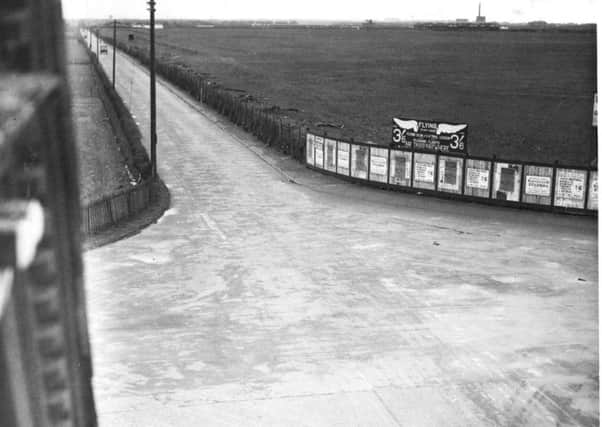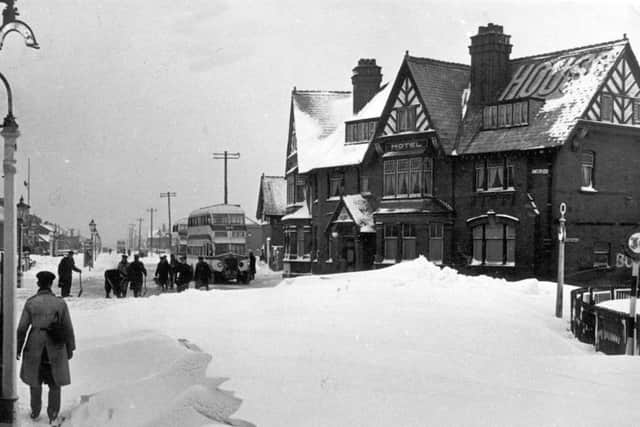Taking a look back at historic Blackpool watering hole


It was taken from a window at the Halfway House, one of Blackpool’s most historic pubs – currently covered in scaffolding – and shows what is now Amy Johnson Way, off Squires Gate Lane.
There is no Morrisons supermarket, no car showrooms, no superstores, no Gazette office either, for that matter – we were living it up in the town centre back in those days.
Advertisement
Hide AdAdvertisement
Hide AdBack in the ’30s, you could just about see St Annes Parish Church in the distance, and a charming waste disposal facility, too.


Otherwise, it’s a bit bleak.
Our second photograph shows the Halfway House – which was once the first “watering hole” for carriages, as they arrived on Blackpool’s borders – surrounded by snow.
Men can be seen digging out a path for traffic, after snowdrifts blocked the road outside the pub, on Squires Gate Lane, in January 1940, as buses wait to get through.
(See page 26 of today’s Memory Lane to read more about that harsh winter).


Advertisement
Hide AdAdvertisement
Hide AdAccording to a plaque on the wall of the Halfway House, the pub was built by Ezekiel Salthouse around 1835.
It was then passed to his widow’s trustees on her death in 1866, and purchased in May 1867 by Ellen McLevy, a widow, who sold it to brewer Matthew Brown in 1874.